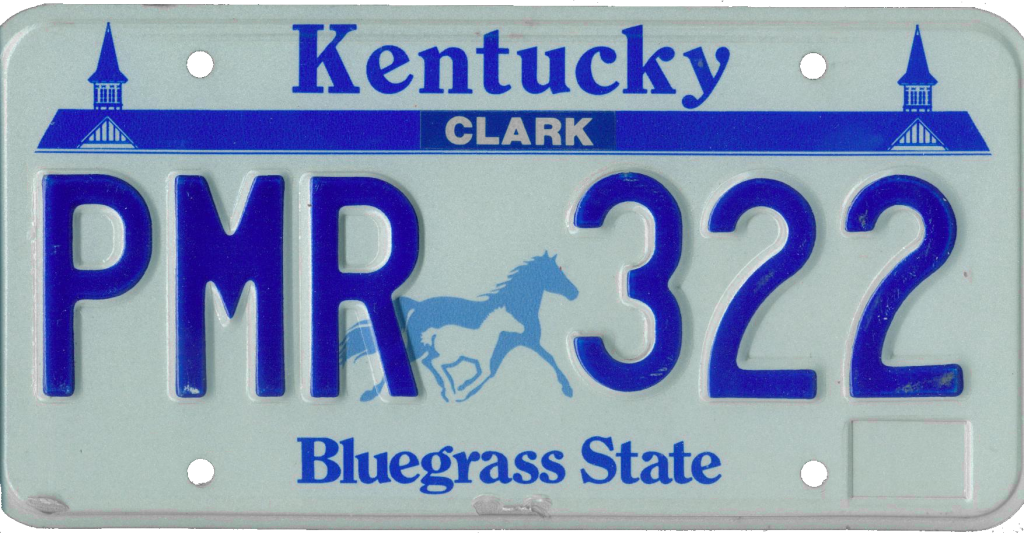
Stuck in traffic? Might be a good time to stare at license plates and test for harshad numbers! It could be a great antidote to road rage.
- First, find the digital sum of the numbers. We’ll use that PMR 322 plate as an example. Add up the digits: 3+2+2 = 7.
- Next, see if your number is divisible by the digital sum. Is 322 divisible by 7? That’s the fun part! You might already know divisibility tricks, or you could download my Divisibility Toolkit.
- If it’s divisible, then you found a Harshad Number! If it didn’t work, there’s still hope; read on….
Where did harshad numbers come from?
The word “harshad” is Sanskrit (हर्षदान), meaning “giving joy”. This name was coined by one of the most interesting mathematicians of the 20th century, D. L. Kaprekar. He was a schoolteacher in India and a fan of recreational math. A self-confessed number-theory addict, he once said, “A drunkard wants to go on drinking wine to remain in that pleasurable state. The same is the case with me in so far as numbers are concerned.”
What if it’s not a harshad number?
So there you are, stuck on the freeway behind a car that lamentably has a license plate like this:
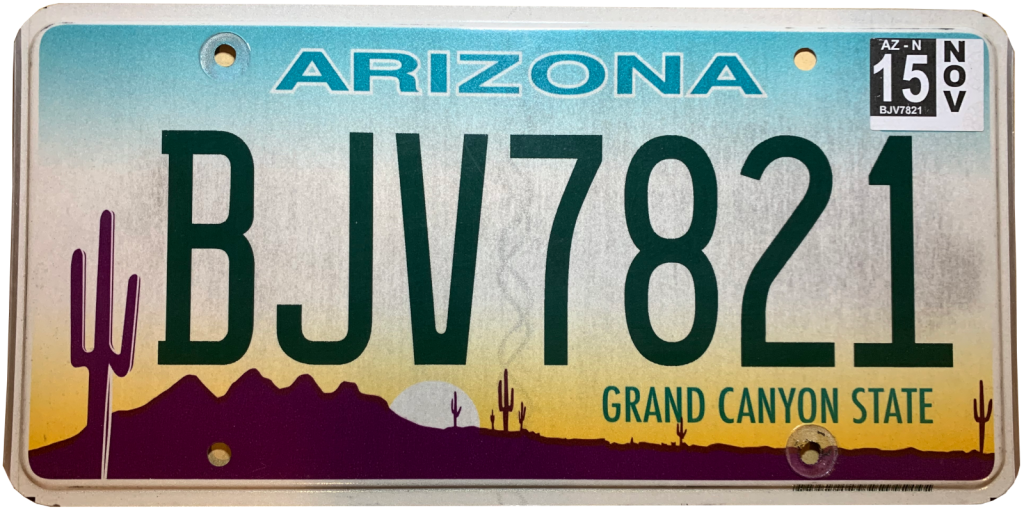
At first look, we see that 7+8+2+1 = 18, and 7821 isn’t divisible by 18. A shame. But hang on! You have a couple options:
- Use the digital root! It’s true that 18 is the digital sum, but keep on adding those digits until you end up with a single digit — that’s the digital root. 1+8 = 9, and 7821 is divisible by 9. These aren’t harshad numbers by definition, but maybe I’ll call them “harshavistya” (हर्षाविष्ट or “joy inside”) numbers.
- Use a different base! Living in the world of base 10 can make us forget the infinite realms of other bases. In base 7, 7821 is actually 31542. Is that divisible by the digital sum, 18? Or maybe we should convert that 18 into base 7 as well (24). Does it work? Traffic hasn’t moved, so you might as well try.
Are these license plates with harshad numbers?
See if these license plates might be hiding some harshad (or harshavistya) numbers:
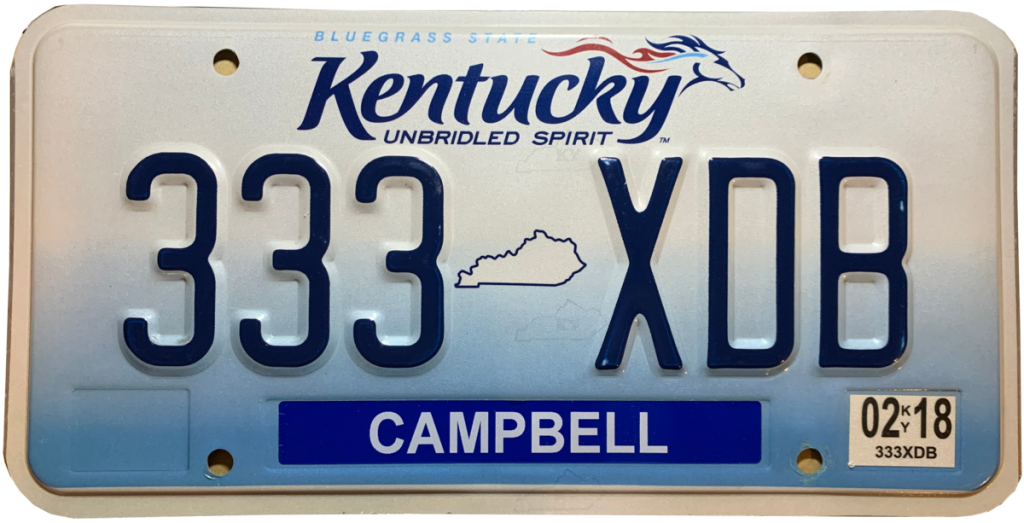
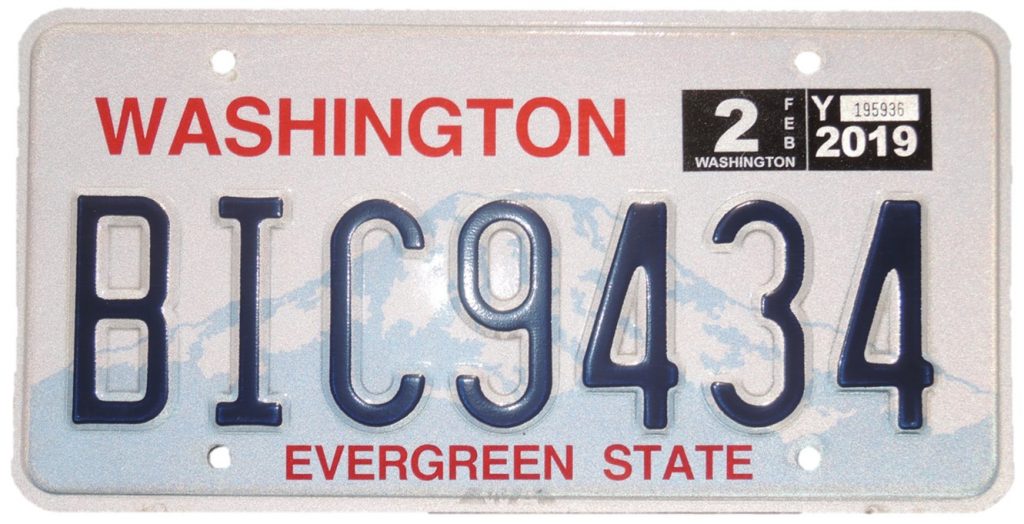
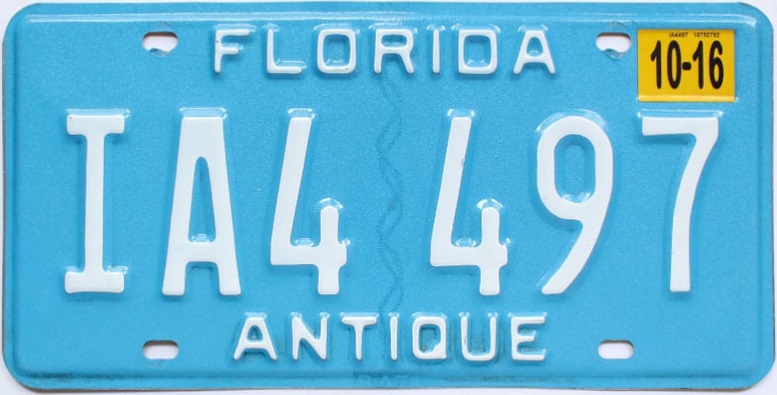
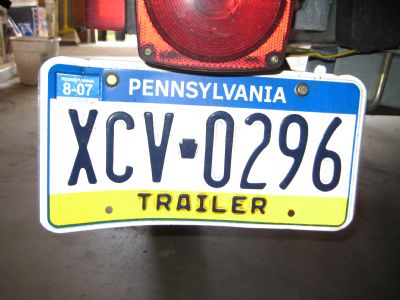
Take it a little further….
Some questions you might want to investigate:
- Are there numbers that will always be harshad numbers in any base?
- How are factorials and harshad numbers related?
- How many consecutive harshads can you find? What are they?